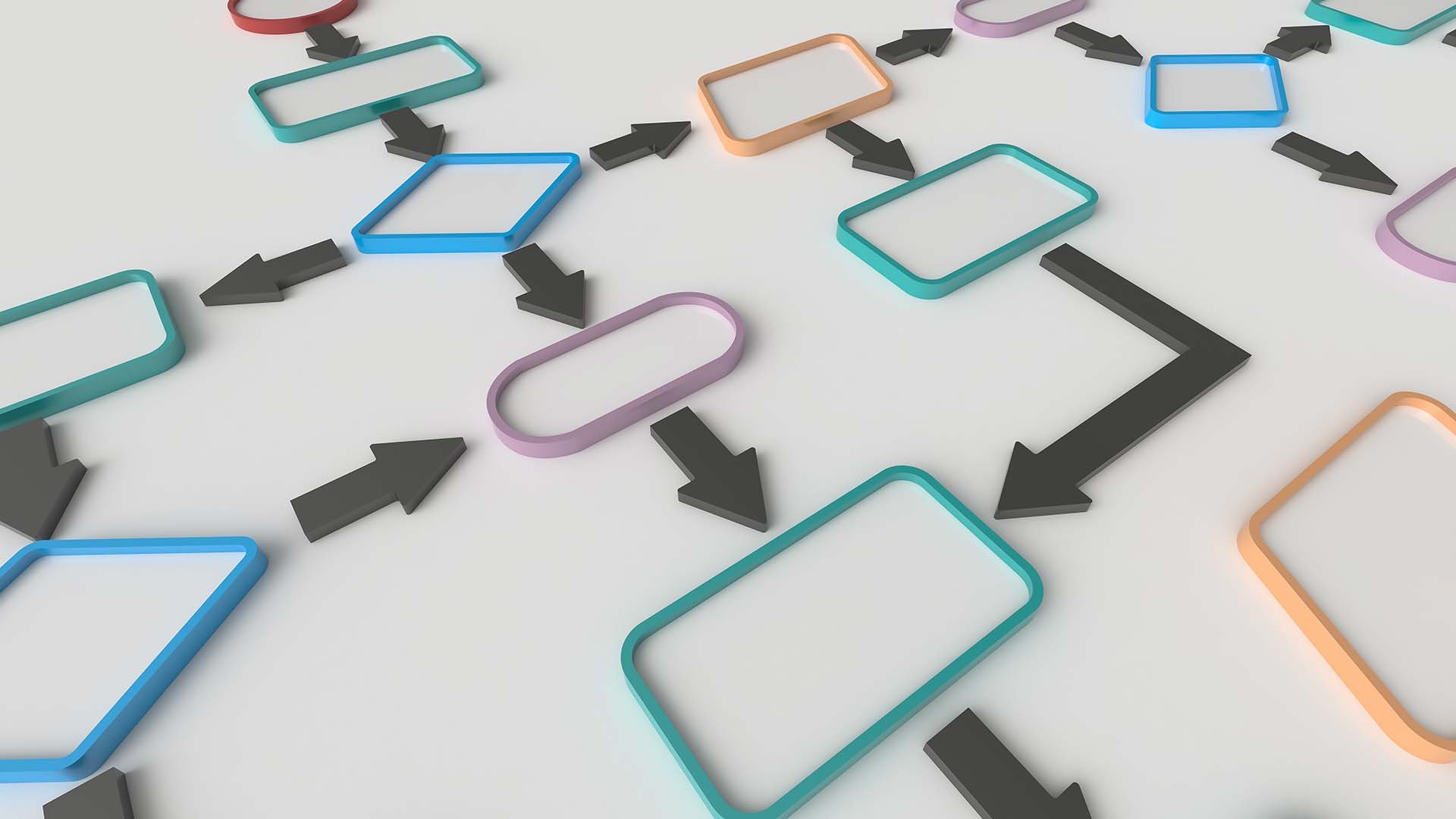The central role played by treasurers in overseeing transformation projects requires them to develop abilities not always called for during their day-to-day operations. In this second article in a two-part series, BNY’s Kelly Wen, Head of Treasury Advisory, and Linda Wang, Senior Vice President, Solutions Consulting, explore how treasurers are becoming experts in a completely different field.
The emergence of fintechs in recent years, combined with changing consumer expectations on products and services, has begun to challenge the status quo of how businesses interact with technology. This has put pressure on treasurers to move outside of their comfort zone – from a more operational role to becoming drivers of business growth.
To achieve this, there is an increasing expectation for treasurers to adopt new technologies to not only reduce their operational burden, but to directly enable new business models. As treasurers take on this responsibility, distinguishing between technologies that are proof-of-concepts, those used in application, and those actually applicable to their business is becoming an important part of the treasury workbook.
As they embark on this journey, treasurers will have to effectively navigate their new, multifaceted roles, continuing to manage cash flows, liquidity, payments, and other cost-centre functions, while becoming technology leaders and strategic partners with enterprise reach.
Related Content
Read part one here!
Treasury as partners to IT
As treasury departments look to modernise their functions to meet the needs of an increasingly real-time world, the implementation of new technologies should not reside solely within the IT department. These teams are often structured as a service centre that is removed from the core business, which, in turn, often means they lack a detailed understanding of the business strategy and the end-user requirements. This is where the treasurer of today comes in.
Treasury is ideally positioned to function as a conduit between IT teams and the wider business – and there is a clear opportunity for treasurers to take the lead on certain technology topics. For example, when it comes to driving a front-to-back treasury transformation it should be the treasurer’s responsibility to design a target state operating model, with a clear plan in place that articulates the goal and scope of the transformation project, key stakeholders impacted and the expected outcome of the project.
From here, treasurers can partner with IT teams to design the functional and data requirements of the solution, as well as the project’s expected timeline – with the onus on them to fill the knowledge gap and translate the business requirements into technology requirements.
Understanding the technology need
Although treasurers are not expected to code in the same way as their IT counterparts, understanding the logic behind the technology will enable them to speak the same language as their colleagues and make more informed decisions on the appropriate technologies for future-proofing their treasury operating platform.
Before making decisions on which systems to buy or the vendors with which to partner, treasurers should understand what is driving the need to bring in new technology. Is it because legacy systems are outdated and can no longer support the growth the business has experienced in recent years? Is it because vendors or consumers have moved to a newer platform? Or is it because there is an enterprise-wide push to increase operating efficiency and treasury needs to reduce operational burden and optimise the treasury ecosystem?
Understanding why there is a need to change and identifying the biggest pain point the business is trying to address will enable treasurers to build a strong business case to justify the investment in advanced technology platforms. They should consider cost savings, growth opportunities, and workforce management as they embark on this transformation journey.
Buy versus build
With the increase in fintech solutions, treasurers will often face the choice of whether to purchase an off-the-shelf product from vendors or build a treasury solution in-house – and will have to think like a technologist in their decision-making.
The first consideration is typically the vendor-solution cost. Vendors usually charge both a one-time installation cost and ongoing maintenance or subscription fees. Treasurers will need to assess the compatibility of the vendor’s solution with the company’s existing technology ecosystem and determine if there are additional integration or training costs associated with the vendor’s offerings.
When considering an off-the-shelf solution to manage core treasury functions, external solutions, such as ERP systems and TMS, are tools to which treasurers typically turn. From a functionality perspective, treasurers should ensure the vendor is able to offer solid core treasury functions including cash and liquidity management, payments, risk management, and reporting capabilities. They should also be confident that the vendor’s system is scalable such that it can support future corporate growth, and flexible enough to adapt to the treasurers’ specific requirements, as vendor solutions are generally harder to customise than in house solutions.
If a highly customised solution is required, treasurers could consider building the solution in-house. Before going down this route, however, treasurers should work closely with IT to determine whether there is sufficient technical expertise within, as well as what the labour and resource costs would be, to ‘build’ the solution. For example, while purchased solutions can typically be installed within weeks, in-house solutions will take significantly longer to construct. In the meantime, the treasury team will continue to rely on its existing solution, which is presumably more manual and less efficient. These dynamics all need to be weighed up and balanced out by the treasurer before moving forward with the project.
A continuous transformation journey
Whether buying a solution or building one in-house, change to the technology environment will impact data and reporting processes within treasury. With this in mind, treasurers should have a comprehensive plan for data integration between the old and new system. This includes cleansing and validating data fields to ensure data integrity during the transition, standardising the format to ensure data can be absorbed into the new system and ensuring there are sufficient controls in place to maintain data security during the data transition.
This is not a one-time consideration for treasury. Technology transformation is proving to be continuous journey – and there is an ongoing need for treasurers to digitally upskill, mastering technology to design streamlined and efficient processes for collections, payments, cash movement, and reporting.
This is already being borne out in recent advancements, which have seen traditionally manual treasury tasks become increasingly automated, which, in turn, is enabling teams to focus on value-added projects. As they do this there is a need for treasurers, increasingly present at the executive level, to participate in strategic decision-making and effectively communicate how treasury and business objectives can align to drive growth.
























